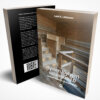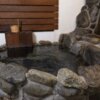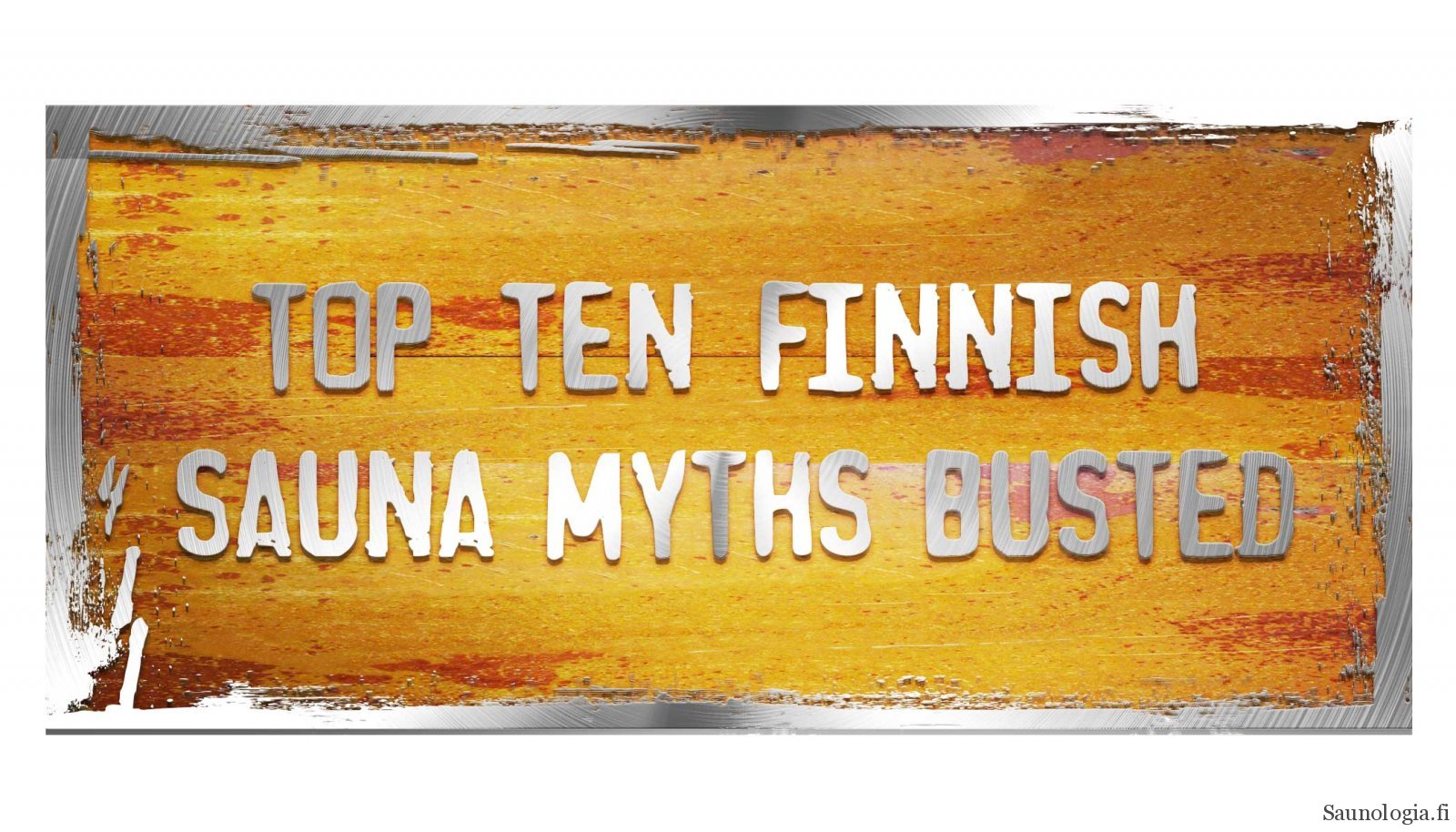My new book Secrets of Finnish Design will be published 29th of April 2021. As a kind of preview, this post includes several themes that explored in the book in more depth. Enjoy 🙂
Can you tell facts from fiction when it comes to sauna? Check out these ten common mistakes about sauna so you don’t fall far the simple misbelieves - not even the most ridiculous ones! (see number 10...)
Note that when I say sauna, I am talking about a sauna room.
1. Sauna must be 90 to 100°C (194 to 212°F) warm
There’s no sweating without proper heating, right? Although few hard core sauna enthusiasts only get their kicks beyond 110°C (230°F) it is perfectly fine to appreciate sauna at lower temperatures. If the sauna is thoroughly warm at 65°C (150°F), most people can find it satisfying. Personal preferences are more important than absolute temperatures and well-designed saunas can enable one to experiment with anything between 60 and 110°C (140 to 230°F).
Another problem with a single perfect temperature and that is measurement. In reality, the temperature of sauna air and different surfaces is never constant. It changes usually mostly depending on the height at which it is being measured. Even if you do know the “standard” measurement point (one meter above the top bench) it doesn’t give you the full picture how it feels inside the sauna.
2. There are more saunas than cars in Finland
One of most quoted claims about Finland and saunas is the amazing number of saunas. And indeed the density of saunas per population in Finland is the highest in the world. Or at least probably it is because in reality nobody knows how many saunas there are exactly in Finland.
One widely circulated sauna count figure is 50% higher than the official statistics and I believe the truth lies somewhere in between. But we do know that there even more cars today than any optimistic sauna person can find saunas. This is bit sad, but luckily some cars have already been successfully converted into saunas and currently Finnish government sponsors scrapping old vehicles...
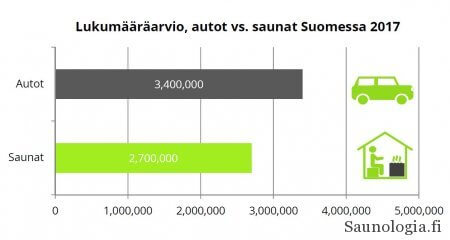
3. You can get dizzy and nauseated when oxygen runs out in a sauna
Finns complain that some saunas are bad because you run out of oxygen and have to leave as the air gets too thick to breath. That does sound pretty bad.
Luckily it’s not true. However, you may accumulate too much carbon dioxide if your sauna is poorly ventilated. The same problem occurs at a space station or in a shelter. Oxygen is also consumed, but it is less of a problem than carbon dioxide.
If the sauna gets very hot, over 100°C (210°F) and lots of steam is being created, the conditions may exceptionally reduce the amount of oxygen in the air. However, you must be quite hard core sauna fan to experience that. Also the combined effect from heat, carbon dioxide, and oxygen makes it difficult to tell which one of them is the source of discomfort.
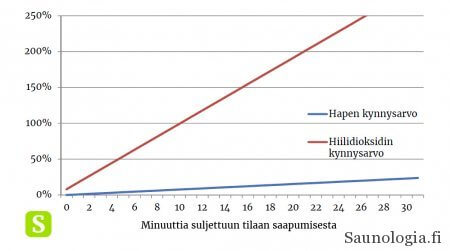
4. The bigger sauna, the better
One repeated question on sauna design is that how big should it be?
Having a lot of space in a sauna is good because nobody wants to crammed up cheek to cheek with naked sweaty people (at least involuntarily). But don’t overdo it. Although in fact many Finnish saunas integrated with new apartments are still too small (under 4m2, 43 sq.ft), the size of sauna should follow the desired use and the typical number of bathers.
Even though I usually downplay the environmental impact of sauna heating, there is no escaping the fact that sauna consumes notable amount of energy. And the bigger it is, the more energy will be needed, the longer it may take to warm up, and more work to clean and maintain.
Excessive size is a particular problem with electric saunas in countries with 115V electrical system. In those locations, it may become simply impossible to power up a large sauna (say over 8m2, 86 sq.ft) because power supply for a 10 kW heater cannot be arranged.
5. Heat of the sauna can be dangerous for pregnant women and small children
The pandemic has raised awareness that the health of unborn babies is at risk if mothers catch a high fever during pregnancy. The connection between developmental issues and body hyperthermia has been known some time in medicine, but does that warrant a sauna ban for expectant mothers, or infants?
In Finland, women enjoy sauna regardless of their phase of pregnancy. They might adjust their heat exposure according to their subjective well being but they do not need to avoid. In fact there is another mythical believe that sauna could induce labor when one is overdue, something consider as a blessing.
The Finnish practice is supported by Canadian and Finnish research. Studies of core body temperature have found that sauna raises the core temperature relatively slowly so that future mothers can easily and risk free enjoy saunas in moderation. In contrast, soaking oneself in a hot tub increases the core temperature faster.
Similar finding applies to kids. Most Finnish infants are exposed to sauna before they’ve reached six months. Kids have a lower ratio of body area to mass and don’t sweat quite as much well as adults, so their heat exposure has to be monitored. When they began to walk and talk, they’ll do regulating exposure on their own. But bit of sauna in itself does not hurt the young ones.
6. Traditional Finnish type of sauna is not as healthy as an infrared sauna
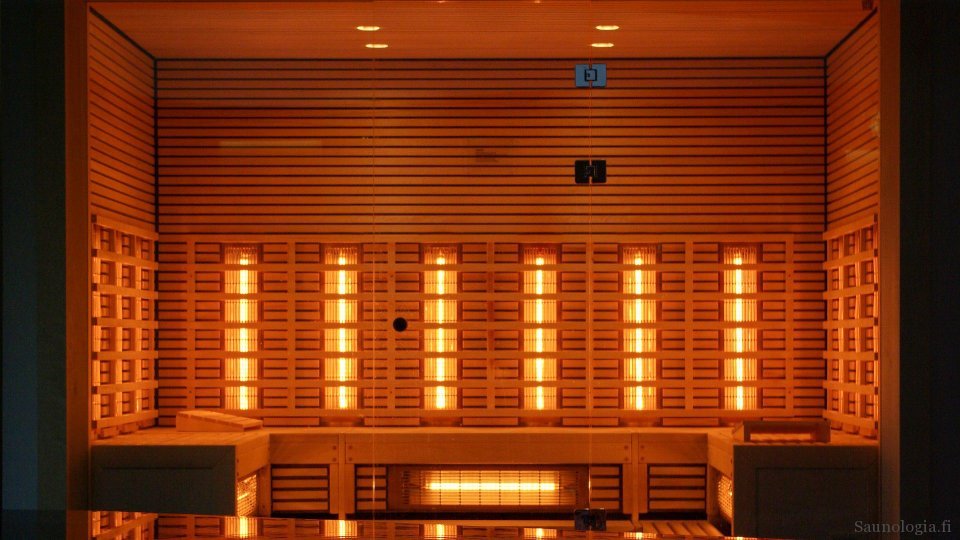
So called infrared saunas have become a craze around the world. They are promoted with a plethora of benefits which are seemingly a world apart from traditional saunas.
Now let me say few things about this.
First, all serious sauna folks rebuke the word “infrared sauna” and point out that the official term is an infrared cabin as the installations do not qualify as saunas. Saunas have visible heaters with stones, a high temperature, and a possibility to make steam.
Second, deep down the difference between infrared heating and traditional sauna heating is much smaller than you’d think. In fact, traditional sauna also provides almost half of its thermal effect with radiation, the fact it is “infrared” is just not emphasized. Traditional sauna provides other mechanisms as well, also accompanied with a higher temperature that induces sweating quicker.
It is questionable if there are health benefits that would not be attainable with a real sauna if it was utilized more like an IR-cabin. What we know from terrific new research about Finnish sauna, is that it promises several major health benefits and the evidence is stronger than anything found for “IR-saunas.”
7. Sauna is a great place for partying, boozing and posting to FB, IG and TikTok
Expats and immigrants who have found themselves in a native Finnish sauna with the natives may be fooled to think that drinking beer and jumping into ice cold water is inseparable, or even the only acceptable, sauna practice. And all of that fun has to be shared I social media in real-time, right?
Considering the amount of time Finns spend in a sauna, amazingly few incidents happen. But when something goes wrong it is usually associated with excessive drinking. Burns, drowning and even heart attacks may result if you combine heavy drinking with hard sauna. And your smart phone won’t like it either. Using a touch screen with wet fingers is, well, next to impossible and chances of losing the hold on the device is also a good risk.
So enjoy sauna, drink moderately and preferably afterwards, and keep your phone in a sauna mode (in Finnish, means silent and outside sauna) to maximize the value of your sauna time.
8. A wood-burning sauna is superior to an electrically heated one
It is not difficult to find a Finn who will assure you that the only proper and authentic way to experience sauna is in a cabin heated by a wood-burning sauna stove. Electric heaters are deemed second class using several arguments, some of which may seem credible such as making the air too dry or because of annoying noise and smell.
Now here’s the thing. The biggest, typical difference between electric and wood-burning heater is the sauna in which they are located in. Wood-burning heaters are usually found at cabins, electric heaters in integrated apartment saunas. They are not even competing in the same category! Wood-burning heaters have an advantage from the start. They also affect the air flow in the sauna, at best clearly improving the air quality. In this sense, they are better, but almost like a side-effect, not because the fuel would be blessed.
Electric heaters have many desirable properties over their wood-fired cousins. Ease of use and usability come to mind first. Nowadays there are apps, such as Narvi WiFi , to control your heater. If you are subscribing to “green” energy plan, your environmental footprint and conscience won’t be tarnished by heating your sauna. This is not something wood-burning sauna users can be proud of.
(this debate can get much more complicated if you take into comparison a smoke sauna heater, or other “single-fired” wood-burning stove, but that’s too long story to discuss here and the data is inconclusive for several aspects).
9. Sauna is a Finnish, or Estonian, invention
The word sauna has existed in both Finnish and Estonian languages for a very long time. And in fact both languages have shared origins. The world became to associate sauna with Finland during the 20th century, partially thanks to successful Finnish athletes who promoted its use. For instance, runner Paavo Nurmi attributed his Olympic victories partially to sauna. As a result, the word sauna is now probably the best recognized Finnish word globally.
The inconvenient truth is that we know slightly more about the etymology of sauna than its pre-history. There is no conclusive evidence of sauna’s origins around either Finland or Estonia (or Russia for that matter) to say where this idea came from. Different historians and writers have made their own interpretations, but in fact we don’t know. It could be from 4,000 BC Finland or 2,000 BC Russian. The view proposed by author Mikkel Aaland that I also favor is that sweat bathing solutions have been invented somewhat independently around world with various names.
But let’s still keep faith in the fact that Finns have nurtured this tradition superbly over years, as now indicated by the inclusion of sauna bathing in the UNESCO intangible cultural heritage listing!
10. It is dangerous to pour water on an electric sauna heater

This is by far one of my all time favorites. I am not the only Finnish traveler who has seen signs forbidding creating steam in a lukewarm space called sauna. Some mention a reason for this that the system may “short circuit”.
What utter rubbish!
The electric heaters for Finnish sauna have been designed to withstand a water shower. They are secured so that water poured from the top will never reach places that would damage the unit or pose danger to the sauna bather. Even if you observe a glowing red piece of a resistor, it does not indicate electric hazard. It will give out an angry hiss if water hits it, but it should not break and most definitely it will not electrocute you! These types of accidents never happen in Finland where we have at least a million electric sauna heaters in action.
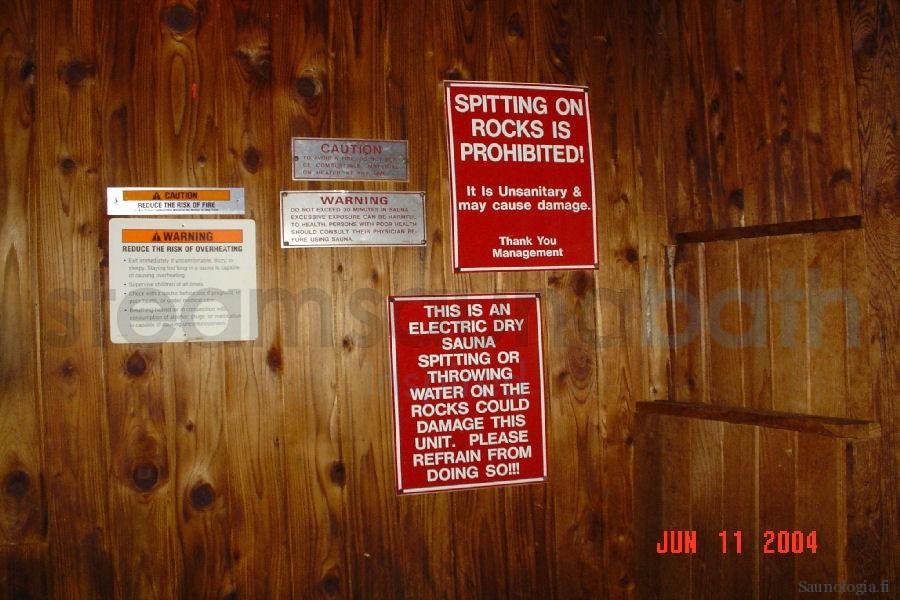
I do recommend against spitting on the rocks, that's just gross!
A word of caution though. The parts that belong to the heater system but are placed outside the heater, such as the control panel or wall-mounted temperature sensor, may not be designed similarly so don’t hose down those bits!
That’s it!
I actually wrote about more myths than ten, but sign up for the announcements for my upcoming book and you’ll receive them by email in early April 2021!
